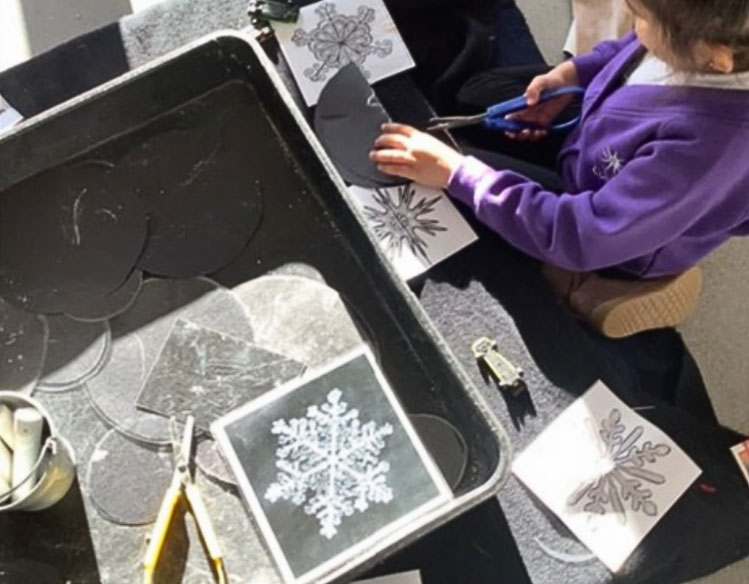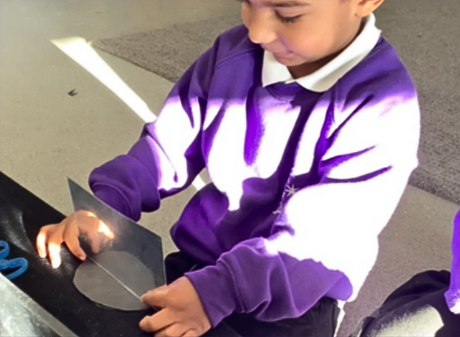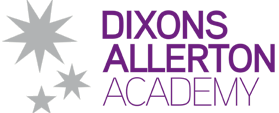Blog
Good Practice Example: Dixons Allerton Academy!
Dixons Allerton Academy have shared a brilliant example of good practice with us! The practitioners at the nursery have been using the topic of snowflakes to approach language and vocabulary development.
We are incredibly proud of our approach to language and vocabulary development within our Nursery. Being a school setting, it is important that we have a well sequenced curriculum all the way through to year 6, and that children’s earliest experiences introduce and exemplify language and vocabulary that will be the foundation of their future learning.
With many of our children coming from disadvantaged backgrounds, we are deliberate in the vocabulary that we introduce and have identified words and phrases linked to topics to be embedded and modelled by staff within all types of learning opportunities. We are ambitious in our choices, and understand that young children are very capable of using more complex vocabulary in their play after it has been modelled well.
Our practitioners are well skilled with sustained, shared thinking strategies and understand that our role is to take the learning to the child, not the other way round. Staff have learnt to listen carefully and intervene at the right moment to move learning forward.
We have built upon our commitment to this, working with Durham University to ensure that the highest level of mathematical language and vocabulary supports, deepens and compliments children’s natural interest and lines of enquiry.
The most recent example of this has been around the children’s interest in snow and snowflakes.


Our practitioner observed children folding pieces of paper within our studio and explained how she used to do that when she was a little girl to make snowflakes. She modelled the process, which led to children asking more questions about what snowflakes looked like in real life, and how they were made.
The children looked at different images, and as they were creating their own, the language of rotation, reflection, symmetry, lines of order and fractals was introduced. Practitioners then set up other opportunities for this language to be practised, looking at fractals in other objects, as well as investigation lines of symmetry and reflection with mirrors.
Children have now had exposure of and demonstrated a basic understanding of this higher order language, crucial for their future conceptual understanding in Maths.
Working alongside the mathematicians has prompted us to ensure that this approach is transferred to all areas of learning. Our Early Years Leader has created Tier 2 vocabulary banks for all areas of continuous provision and these are utilised in planning meetings to ensure practitioners know when and how to use it. Conversations around children’s interests inform our ongoing planning, and vocabulary (and it’s definition) to be introduced is agreed by the team.
We believe that working in this way secures a consistent level of language acquisition for all our children, whilst also introducing language and vocabulary that is important to their own unique interests.
 |
Dixons Allerton Academy Dixons Allerton Academy is an all-through school located in Allerton, Bradford. They have shared a brilliant example of good practice with us! |
